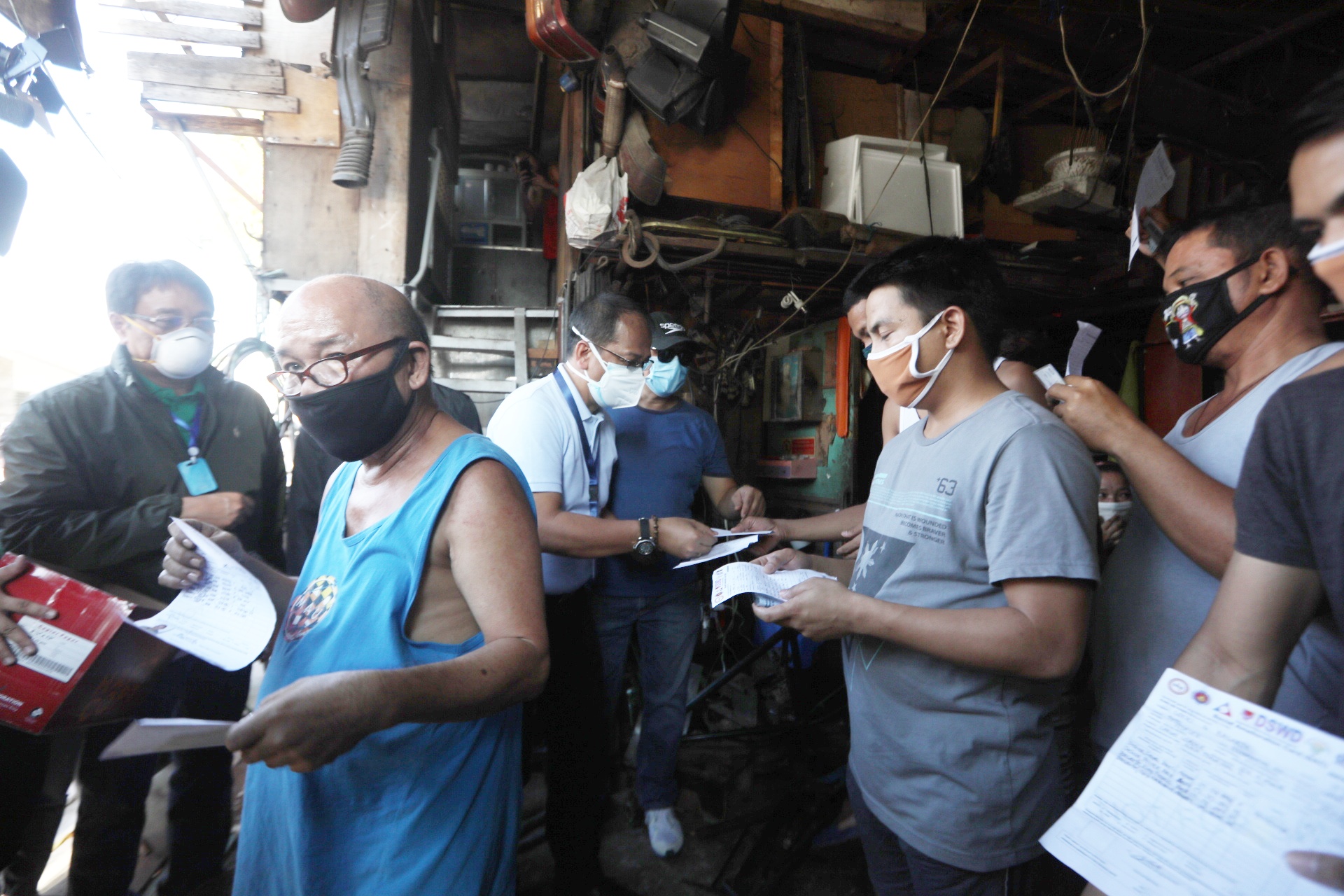
MANILA — As the government brings down the financial assistance to households that were heavily affected by the enhanced community quarantine brought about by the coronavirus disease (Covid-19) pandemic, the Department of Social Welfare and Development (DSWD) has clarified some issues on the provision of the cash grants.
“When we were formulating the joint memorandum circular (JMC) for the implementation [of the SAP], naging basehan ng DSWD ang “Listahanan” 2015. We identified 15 million families who belonged to the poorest of the poor, and through the Philippine Statistics Data on the growth of population — we have added 3 million more to this number,” DSWD spokesperson Irene Dumlao said In a live-streamed episode of “Alerto: a COVID-19 special,” which was hosted by Communications Secretary Martin Andanar.
DSWD’s “Listahanan” or the National Household Targeting System for Poverty Reduction identifies the beneficiaries for the Pantawid Pamilyang Pilipino Program (4P’s).
The “Listahanan” database of poor households is being updated every four years, the recent reevaluation started in 2019.
Who identifies the recipients?
Even with the DSWD as the lead agency for the implementation of the emergency subsidy, other agencies such as the Department of the Interior and Local Government (DILG) play a vital role in identifying recipients of the aid.
“In identifying the target beneficiaries, our local government units, particularly the barangay leaders [captains] [will do it]. Sila ang mas nakakakilala sa nasasakupan nila at alam nila kung sino yung lubos na nangangailangan ng tulong (They are familiar with their constituents so they know who needs the aid),” Dumlao said.
What if there are two or more in the family who qualifies as “target beneficiary”?
In the interview, Dumlao clarified that no matter the number of “vulnerable individuals” in a family, there will only be one Social Amelioration Card (SAC) for them.
“Our unit of assistance is per family. That’s why the emergency subsidy is given to what we call the ‘poorest of the poor’,” she said.
Local government units (LGUs), through the barangays, will do house-to-house distribution of the SACs to be filled out by the household head.
Is there a limit per barangay?
Even with the “indicative number” of target beneficiaries estimated per LGU, Dumlao said the barangay officials can submit a list that exceeds the data given.
“The LGUs may submit the list of beneficiaries, beyond the target, to the DSWD for validation and study. If the beneficiaries are indeed eligible, We will present and discuss this with our economic managers for planning purposes,” she said to the media on Wednesday.
Can others apply for the program?
If some families would not qualify as per the assessment in the barangay level, they can reach out to their LGU (municipality) and they, in turn, will forward the list to the DSWD Field Office.
Dumlao added that the list of beneficiaries is a “working data”.
Thus, she said they will entertain additions but subject to verification.
Current distribution data
As of April 8, Wednesday, Dumlao said the department has already provided PHP16.3 billion emergency subsidy to more than 3.7 million cash cardholders of 4P’s.
“Those were automatically wired through their cash cards and they can withdraw it through Landbank ATMs,” she added.
Meanwhile, some PHP600 million subsidy already reached families of drivers who were affected by the suspension of mass transport.
The Land Transportation Franchising and Regulatory Board helped in identifying the recipients.
The declaration of community quarantine and the corresponding imposition of social distancing measures affected the community’s mobility as it bore to various mandates: alternative working arrangements of government and private offices, suspension of public mass transportation, the imposition of curfew hours, and the imposition of heightened community quarantine by some LGUs.
The Bayanihan to Heal as One empowers the national government to provide an emergency subsidy, including the Social Amelioration Package.
President Rodrigo Duterte earlier said this is the first time the government released such a huge amount of money to address the public concern amid the health crisis.